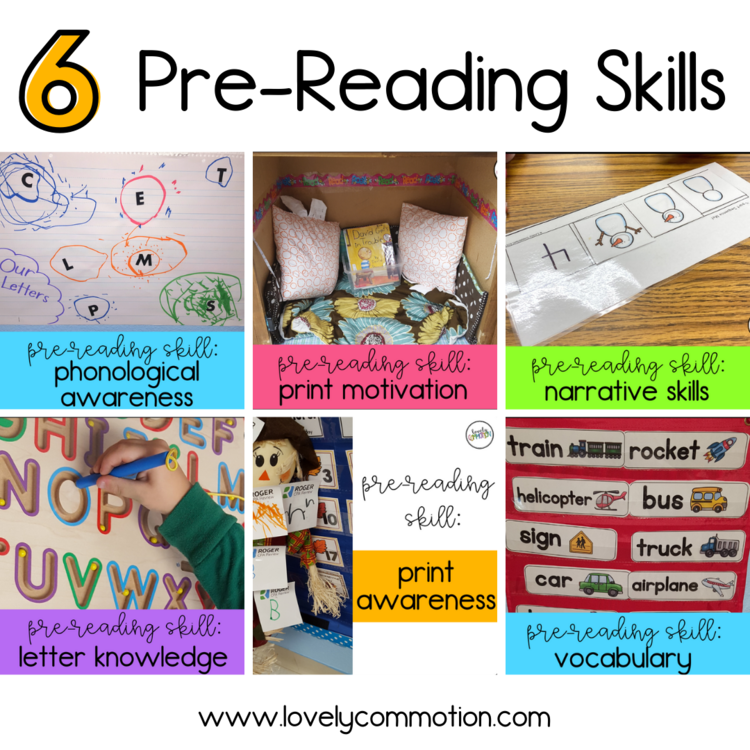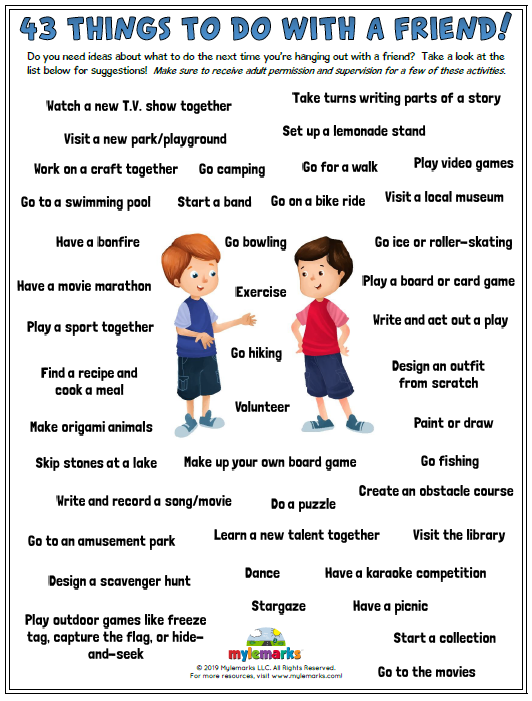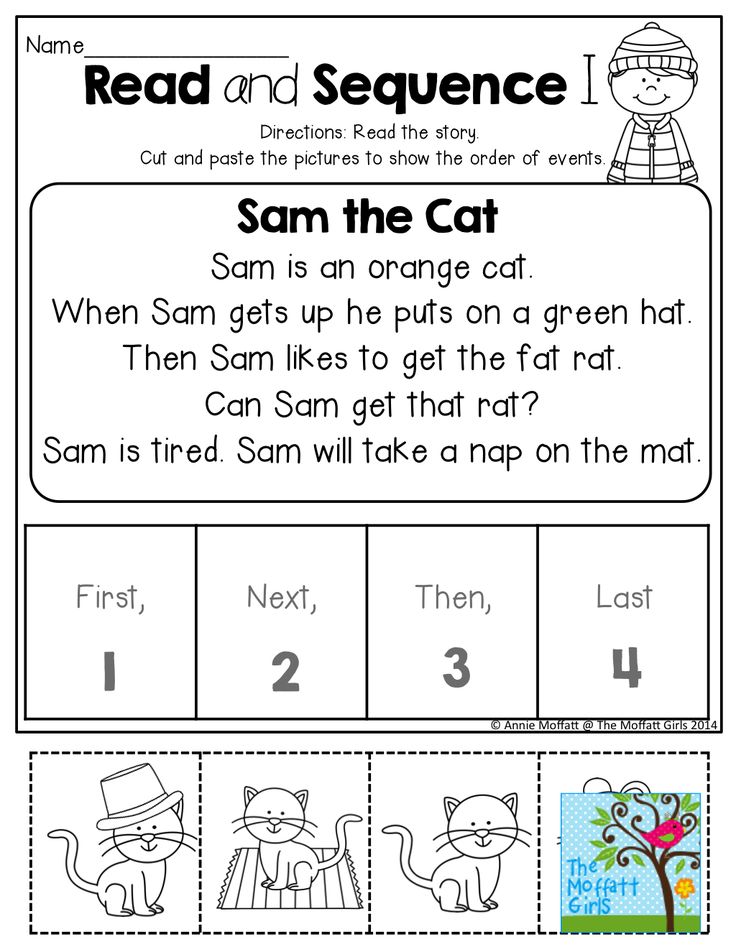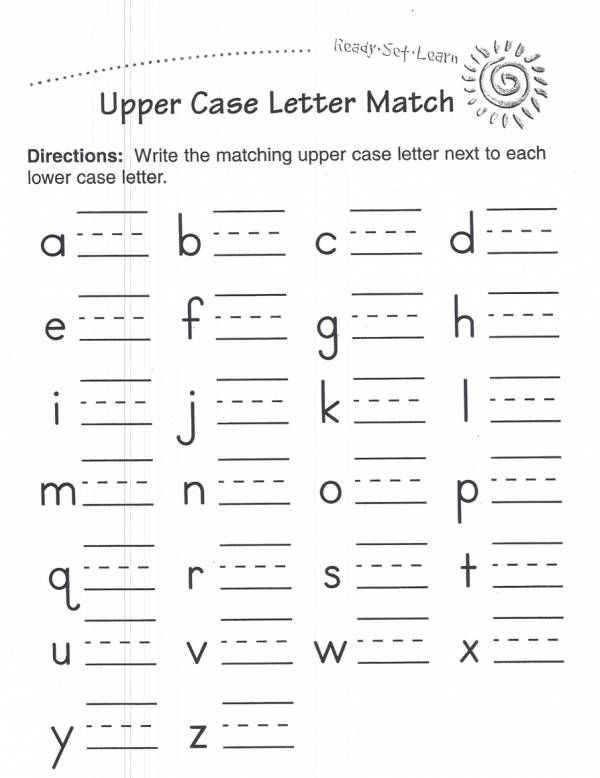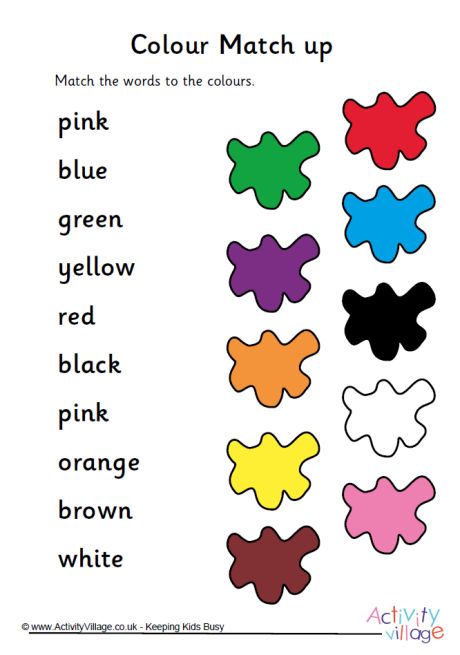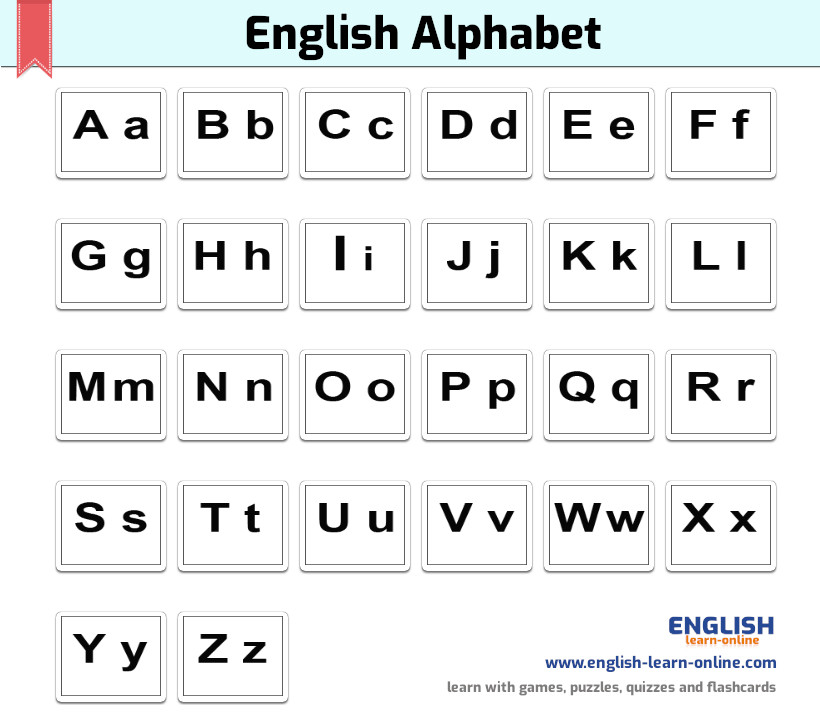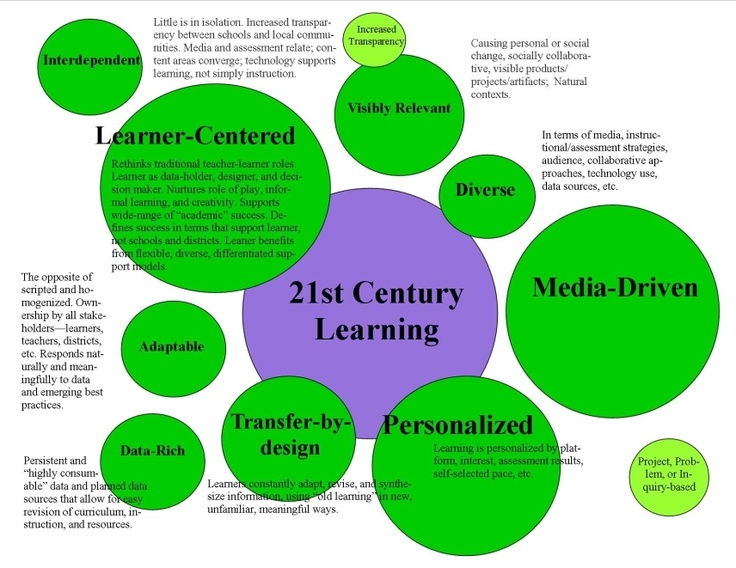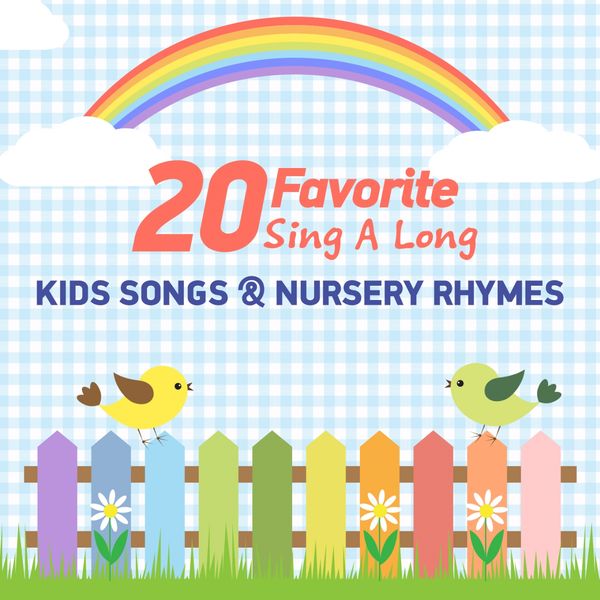What is a pre read
Rower Academy | What is a Pre-Read?
Even if the college rowing program you’re being recruited by has supported admission spots, it does not mean that the coach can use a spot freely on you without first ensuring you also meet certain academic standards of the institution as well.
The way a coach can best gauge which of their prospective student-athletes meet the standards of a certain college/university is by submitting an academic pre-read to the admissions department.
A pre-read, is the process by which a coach gathers your current academic information (transcripts, test scores, class schedule) and presents it to the admissions department in order to get a sense from the Admissions Department of the likelihood that you will be admitted. This helps the college rowing coach determine whether or not to select you as one of their supported recruits.
The Admissions Department will look at your most up to date transcript to assess whether you have acceptable grades and have taken preferred courses. They’ll also assess any positive or negative trends with your grades. Review of your standardized test scores can also be part of the pre read process.
Upon conclusion of the pre-read, student athletes are then categorized as “likely” to be a strong candidate for admission, as a “possible” candidate for admission depending on continued development in all of the areas, or as an “unlikely” candidate for admission, even with improvement in all of the stated areas.
Look at the process like a stop light (Green, Yellow, and Red).
Green: Upon review, you meet and exceed the academic criteria necessary for consideration and admission. The college rowing team can pursue you with relatively high confidence that you will be admitted as a recruit (remember, nothing is 100% certain, and admissions makes the final decision).
Yellow: Upon review, you are close to the academic criteria necessary for consideration and admission. The college rowing team can pursue you with moderate confidence that you will be admitted as a recruit (remember, admissions make the final call, and if you are on the bubble, or below the necessary academic criteria, you risk not gaining admission; and the rowing team risks burning a recruiting slot on you).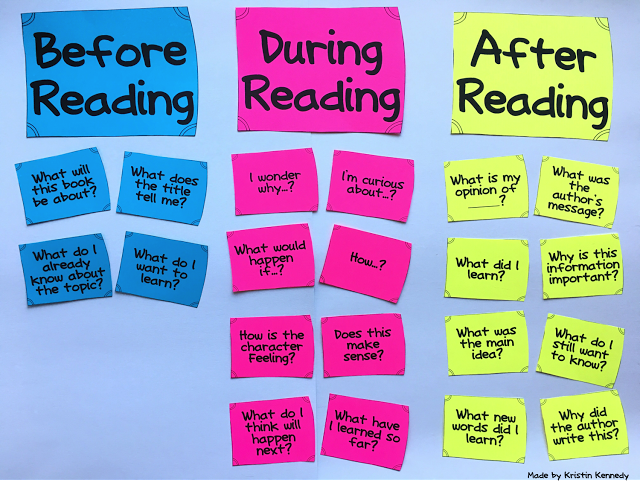
Red: Upon review, you are below or well below the academic criteria necessary for consideration and admission. The college rowing team cannot pursue you, as it is more than likely you will NOT be admitted, and as such they cannot risk a recruiting slot on you, no matter how great you are at rowing (remember, admissions has the final say, and if they say you are a no go, it is a non starter for the rowing team).
In some cases, a pre-read may go further, with the coach providing recommendations or benchmarks to improve a student-athlete’s status for acceptance to the school. i.e. “we would like you to get your ACT score above “x” points.” Although (and coaches will be very clear on this point), meeting or exceeding any quoted academic benchmark and/or ergometer score will not necessarily guarantee admission (re-read stop light analogy above).
A final read resulting in an official decision is only done when the student actually applies and the “official” transcripts and information are submitted directly to the college with application.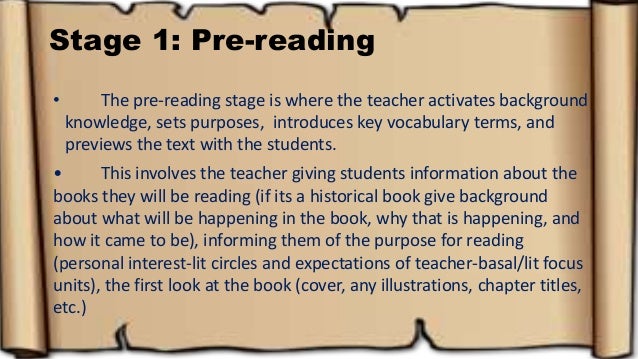
Coaches will generally offer an early read to a priority recruit, a rower in their top tier of recruits who is deemed to be a good candidate, who is expressing strong interest in a school/program and is earnestly contemplating a binding ED (Early Decision) application or early verbal commitment.
Early reads are customarily done at the end of a rower’s junior year, when his or her transcript through the full junior year can be reviewed, and at a point where many recruits have completed their standardized testing.
It is important to remember that these early reads are not formalized or “official” answers with regard to the application status. An Admissions office may only give a firm and unwavering acceptance after the student has officially applied, has the official information submitted from the school and testing sources, and replies directly to the student (not just through the coach) about formal acceptance. Several elements may come into play in the official acceptance process that were not factored in with the early read assessment.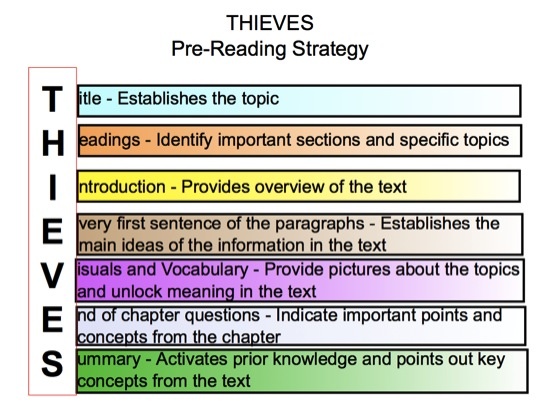 For instance, when schools are doing early reads, they are not reading completed applications that include the application essay(s), letters of recommendation, or any other supplemental information outside of the recruits’ transcripts and test scores. Other factors such as the size of final application pool, the quality of the application pool and other students (athletes and non-athletes) from a recruit’s same high school who apply with potentially stronger overall academic profiles are hard to predict at the time the early read is done.
For instance, when schools are doing early reads, they are not reading completed applications that include the application essay(s), letters of recommendation, or any other supplemental information outside of the recruits’ transcripts and test scores. Other factors such as the size of final application pool, the quality of the application pool and other students (athletes and non-athletes) from a recruit’s same high school who apply with potentially stronger overall academic profiles are hard to predict at the time the early read is done.
While an early read may provide some valuable information with regard to a broad sense of a student’s expected status, it does not reflect the whole picture or final answer in the process.
Somewhat less common than the early read is the more advanced level of reassurance that some schools offer in the form of a “likely letter.’ This often happens in the fall of the senior year after the rower has not only verbally committed to a coach, but has actually submitted an application to the school.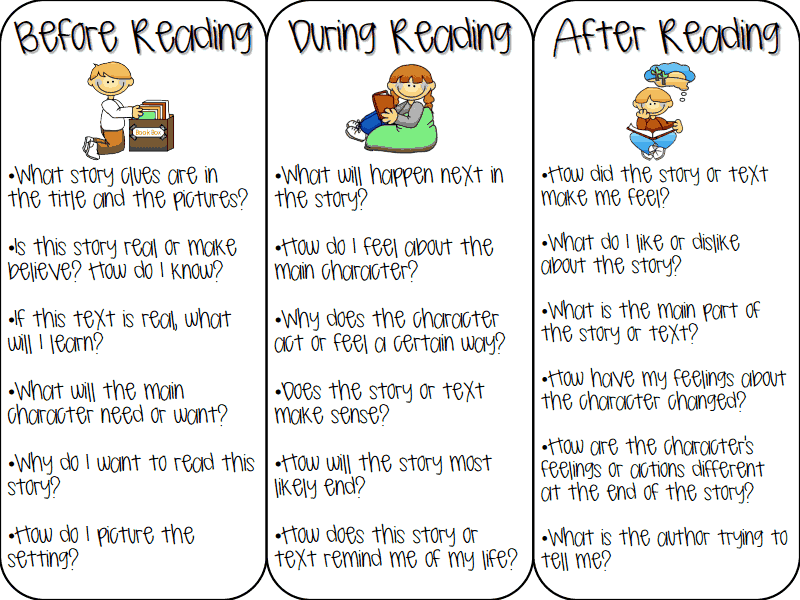 It does bear repeating that official acceptance is the only thing that 100% assures admission, but the likely letter is generally considered a very reliable indicator of acceptance.
It does bear repeating that official acceptance is the only thing that 100% assures admission, but the likely letter is generally considered a very reliable indicator of acceptance.
It is important to know the ins and outs of the pre-read process since more and more schools are allowing for this step as part of athletic recruitment. While it is a great advantage to have an early read, it is important to fully understand the varied nuances described here. Additionally, it should not be deduced that not getting an early read (either because the school does not offer one or a coach is saving limited offerings for more high priority recruits) will necessarily negatively impact the rowing recruit’s chances of admission to the school.
Why I love and hate sending a pre-read before the meeting
There are arguments for and against sending out a pre-read before a meeting. On the one hand, it can help ensure that everyone is generally informed on the background and context before going into the meeting.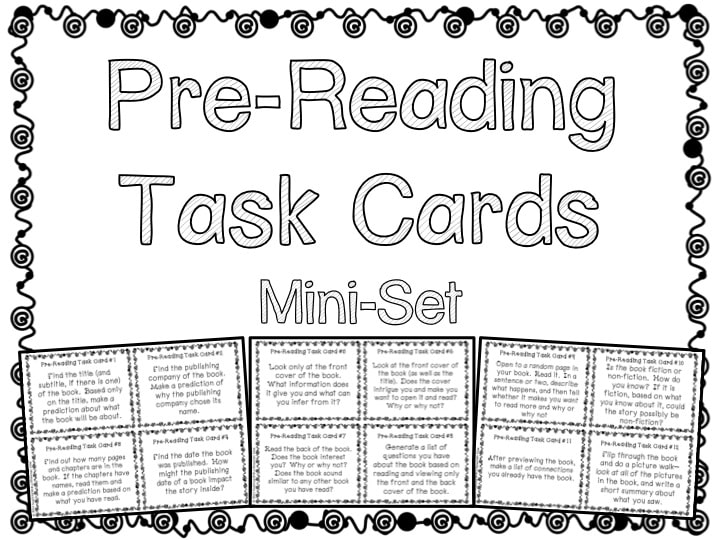
However, on the other hand, it can also be seen as a way to avoid actually having to have the meeting if stakeholders feel like they got the information they needed from the pre-read. So, which is it? Should you send out a pre-read before your next meeting? Here's what you need to consider.
What is a pre-read deck?
A pre-read deck is a document that is sent out to meeting attendees before the meeting itself. It typically contains a summary of the topics that will be discussed, as well as any supporting documents or materials that might be relevant. This allows everyone to come into the meeting prepared and ready to discuss the issues at hand.
What is the point of a pre-read?
A pre-read deck is simply a slide deck that you show your audience before your presentation. The purpose of a pre-read deck is twofold: first, it allows you to engage with your audience on the topic of your presentation, and second, it serves as a reminder for you during your presentation.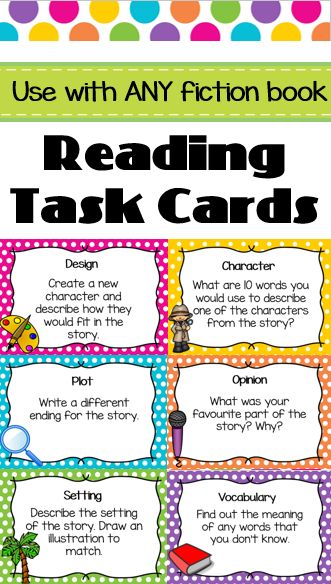
By providing your audience with a pre-read deck, you are setting the stage for an interactive and engaging presentation. Additionally, having a pre-read deck will help you to stay on track during your presentation, and ensure that you cover all of the key points. In short, a pre-read deck is an essential tool for any presenter who wants to ensure a successful presentation.
Pre-reads and my weekly schedule
Every week, I have to publish (aka email) a 30 to 80-page slide deck out to a distribution list of about 50 key stakeholders from the VP/General Manager (who oversees the $1B+ business) all the way through my cross-functional partners (legal, finance, research, analytics, etc.). Every week, it's a non-stop sprint to prepare what we call "the consumption deck."
What is a consumption deck? The contents change every week, but this consumption deck essentially captures the most important drivers (illness, distribution, price, promotion, velocity, paid media, etc).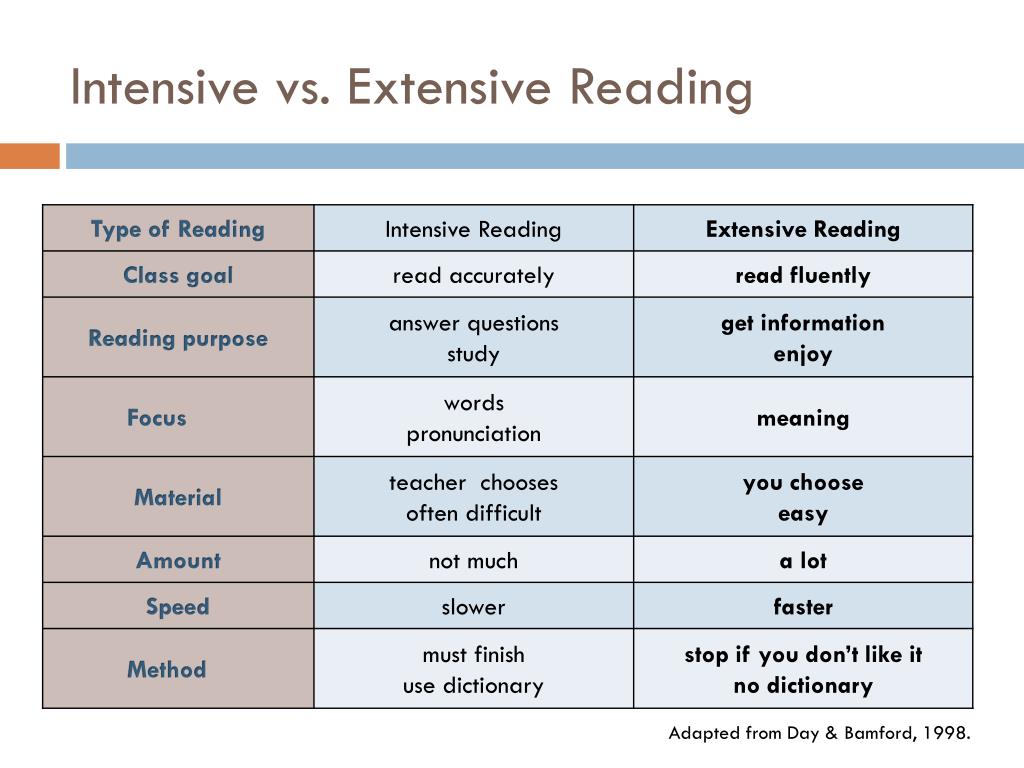 that are affecting the business along with recommendations about what to do about it. We have an in-person meeting every other Thursday to talk through my team's findings and recommendations. Consumption is a really big deal at this company and it's probably one of the best roles to be in to learn about managing a business.
that are affecting the business along with recommendations about what to do about it. We have an in-person meeting every other Thursday to talk through my team's findings and recommendations. Consumption is a really big deal at this company and it's probably one of the best roles to be in to learn about managing a business.
When there's a live meeting, meaning it's in-person and not over Zoom, I have to send out the entire slide deck by the day before 3 pm. The consumption meeting is the following day on Thursday in the afternoon. When I send it out before the live meeting, it is called sending the pre-read because it gives everyone in the meeting a chance to read the contents before the meeting the following day.
❤️Why I love pre-reads
There are three benefits to sending this pre-read.
The first benefit of the pre-read is that the discussion the following day is usually much richer and more detailed. Instead of having to go over what happened, more time can be dedicated to discussing why it happened and what can and should be done about it.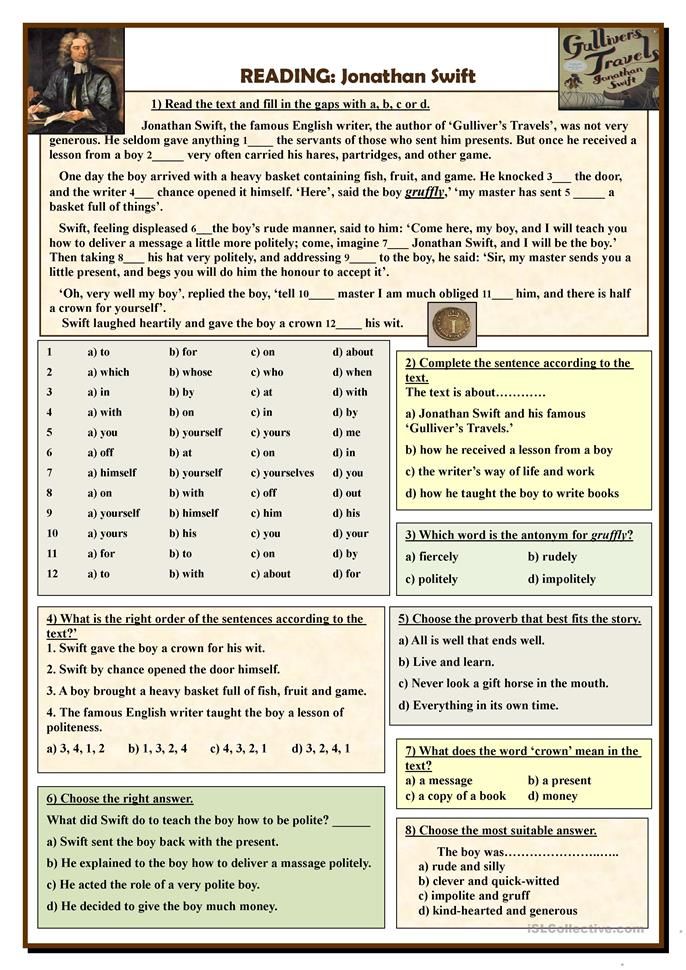 It's kind of like a book discussion back in high school English lit.
It's kind of like a book discussion back in high school English lit.
When everyone's done the assigned reading, the discussion is much more interesting and lively. When only half the class has done the reading, then the discussion is a bit choppier and more time has to be spent going over what happened rather than why or so-what. Sending out the pre-read is a way to improve the quality of the discussion the following day.
Pre-reads are also an opportunity to flex. It shows that you are able to plan, write, edit, re-write, design, get alignment, and manage timelines. By sending out the slide deck the day before the meeting, it shows that you are on top of the work and can get it done before the actual true deadline which (in my case) would be the actual live meeting on Thursday afternoon.
Of course, it doesn't impress anyone to send out the pre-read on Wednesday by 3 pm because that is the expectation at Abbott. However, given how hectic things can be in brand management (threat of delisting, production challenges, $1MM new sampling opportunity popping up) sometimes other demands take priority at the beginning of the week.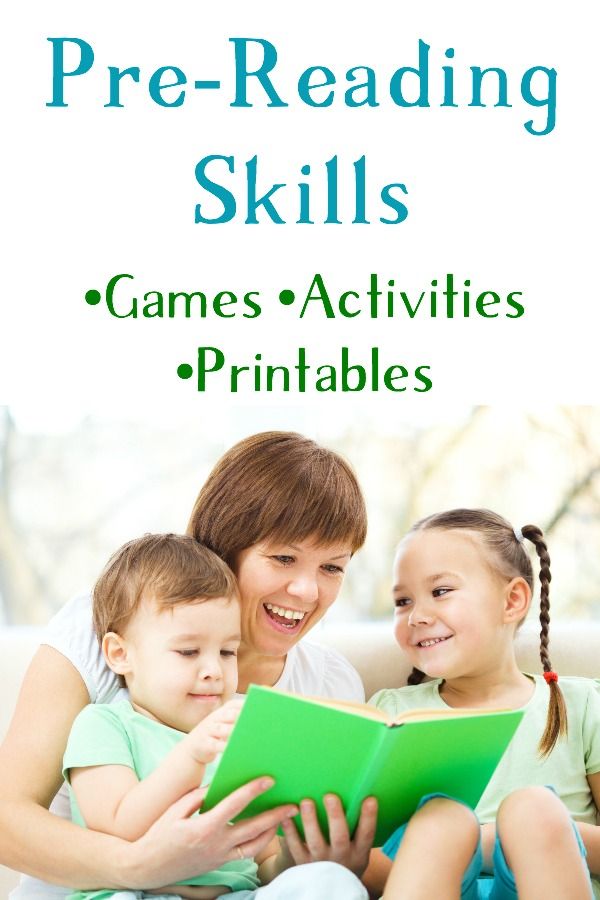
Pre-reads are also a milestone that helps to minimize long hours into the night the evening before the big meeting (though it can still happen for other reasons). Knowing that I have until 3 pm to publish the pre-read every week helps me to manage my time.
On the weeks that we don't have a live meeting, the consumption deck still has to be published but the deadline is Thursday end of the day. What tends to happen on these off weeks is that the consumption deck creation expands to fill up that time up until the very moment it has to be sent out on Thursday.
It's like when you know you have an hour to clean the apartment before guests come over. You'll probably go more slowly and the cleaning task will fill up the whole hour. If you have just 15 minutes to clean before your guests arrive, then you'll clean and be done in 15 minutes. The consumption deck never feels completely "done" to me which means that it will take over whatever time I have if I don't have a deadline to be done with it.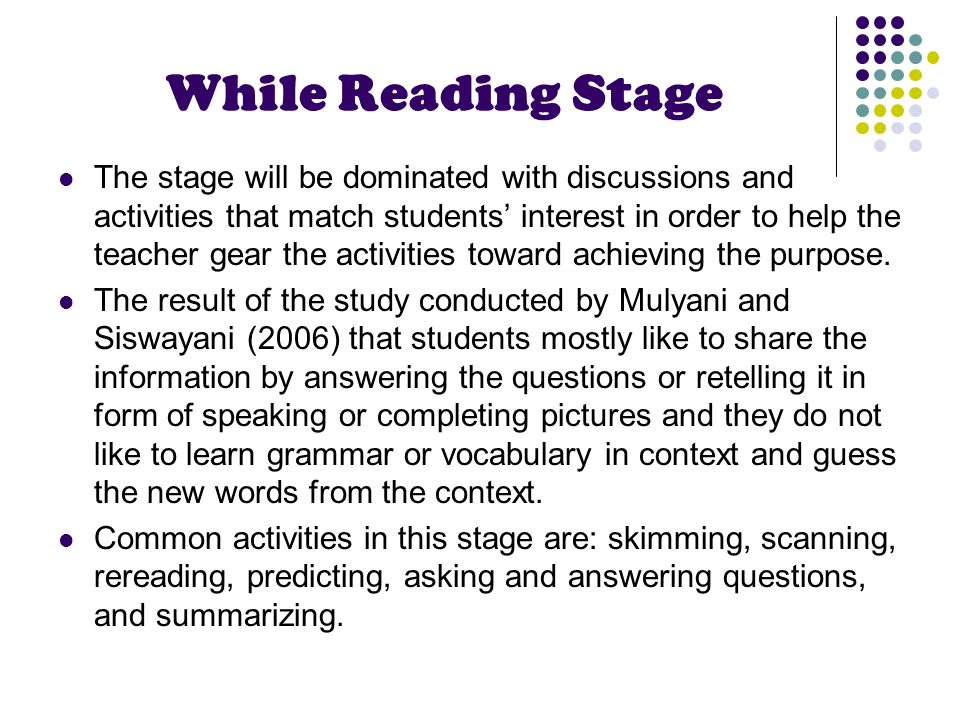
😾 Why do I hate pre-reads
For each of the pros of a pre-read I listed above, there's a downside.
There's no guarantee that everyone in the meeting will have done the pre-read. That means that when you're walking through the analysis and recommendations, it's harder to know how to get the messaging right. Should you assume that everyone has the prerequisite knowledge? Or are some people going to be lost because the conversation is advancing too quickly without first getting everyone on the same page? Inevitably, some people in the meeting will have done the pre-read and some will have not meaning that some will follow what you're saying while others will be flipping around the presentation trying to catch up.
It can also be frustrating as the presenter because although I've spent all this time preparing my content and speaker notes, we might skip over everything and go to the second to last slide and just talk about one specific chart. Even though I carefully wrote (and re-wrote) the presentation to have a compelling story, the discussion might just jump straight ahead to the conclusion.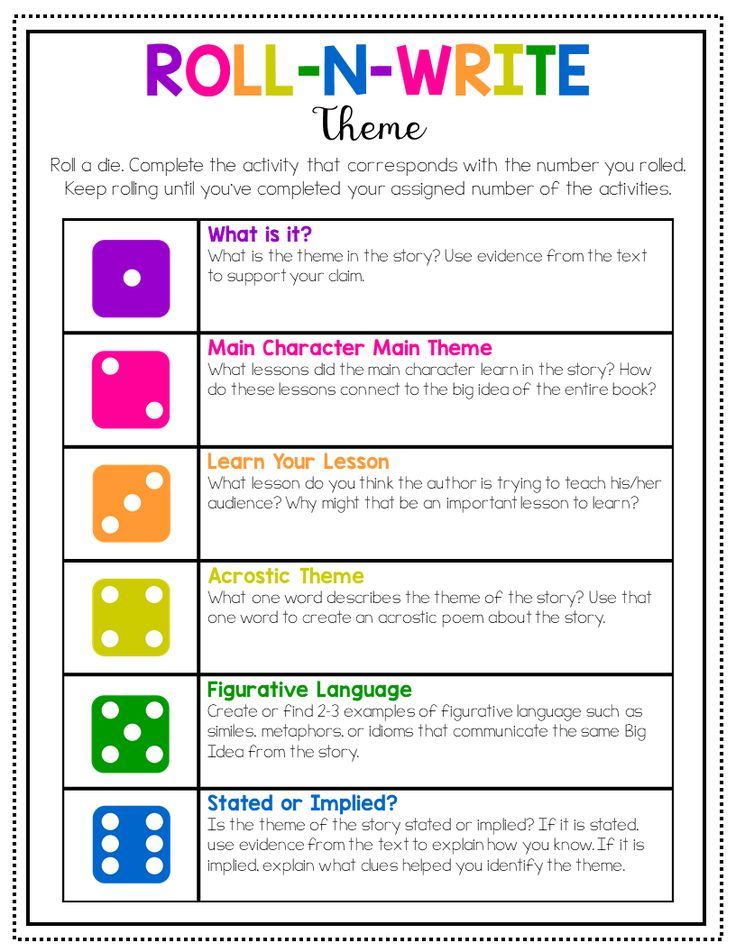
Since I am someone who is focused on the story, it can be hard to give away the climax or resolution without first being able to frame up what the challenge was. Of course, there is another school of thought in the business world where you start with recommendations and back them up with an analysis. Both can work, depending on the situation and the company culture.
A pre-reads are more of a flex when they're optional because it shows how on top of it you are. When they are an expectation, then it's more of another deadline you have to hit rather than an opportunity to "turn in your work early."
A pre-read also shortens the time I have to actually create the presentation because it has to be shared in advance of the meeting. For big projects with month-long timelines, sharing the pre-read before the meeting isn't going to cut down the actual time I have to work on it.
However, for my weekly consumption deck, the difference between sending it out by EOD on Thursday versus 3 pm on Wednesday is significant.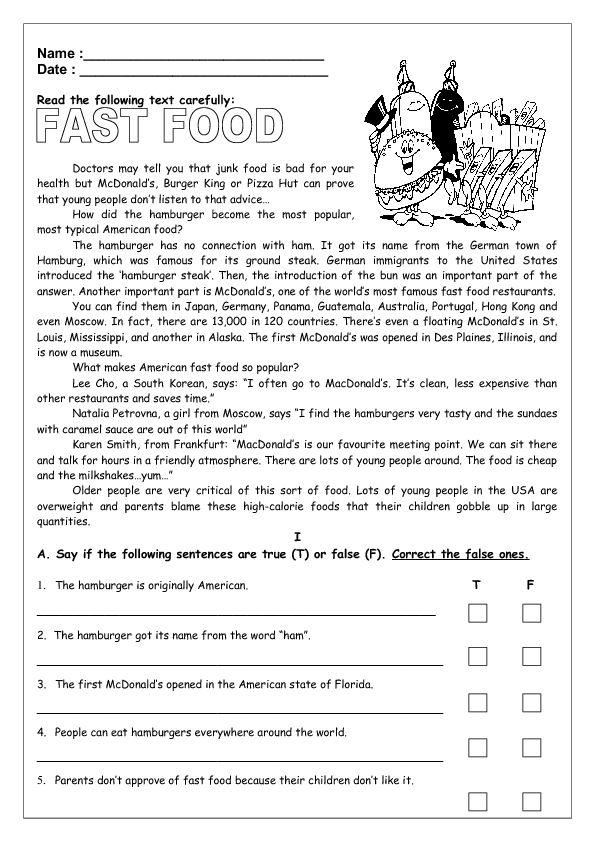 During weeks with an in-person meetings, I have to analyze data, synthesize the findings, write the story, and package it all into a 30-80 slide deck.
During weeks with an in-person meetings, I have to analyze data, synthesize the findings, write the story, and package it all into a 30-80 slide deck.
The data I need isn't even available until noon on Mondays leaving me only 2 work days (16 hours) to do pull it off this gargantuan task. In non-live consumption weeks, that extra time on Wednesday afternoon and all of Thursday (about 8 hours) gives me 50% more time to build the presentation (versus starting at noon on Monday with a Wednesday 3 pm deadline).
And because the slides we create for the consumption deck are very analytical, and detailed, and can generally stand on their own without a presenter talking through them, I sometimes wonder what the point is of having the in-person meeting.
If the audience can get what they need to know from just reading the slides, then is an in-person meeting really required? The fact that there is only an in-person meeting once every two weeks, but I write and publish the consumption deck every week suggests that the answer is. .. maybe?
.. maybe?
🤷♂️Is there a better way?
If it were up to me, I would send out the slide deck after the meeting. Since I'm working cross-functionally to build the deck and prepare the recommendations, there's already a lot of pre-selling and pre-alignment. Nothing in the deck should be a huge surprise when it is presented.
While this is great for me as the presenter, I realize that these meetings aren't really for me, they're for the general manager (GM). And if he or she wants the pre-read before the meeting because they want to be able to preview the contents of the meeting the evening before versus having to process all the information for the first time during the actual meeting, then so be it.
What's your experience with pre-reads? Are they just a necessary evil?
Childhood pre-reading tips and activities
en la Educación Infantil It is necessary to teach children instrumental methods in order to prepare children through various exercises for faster and better reading comprehension.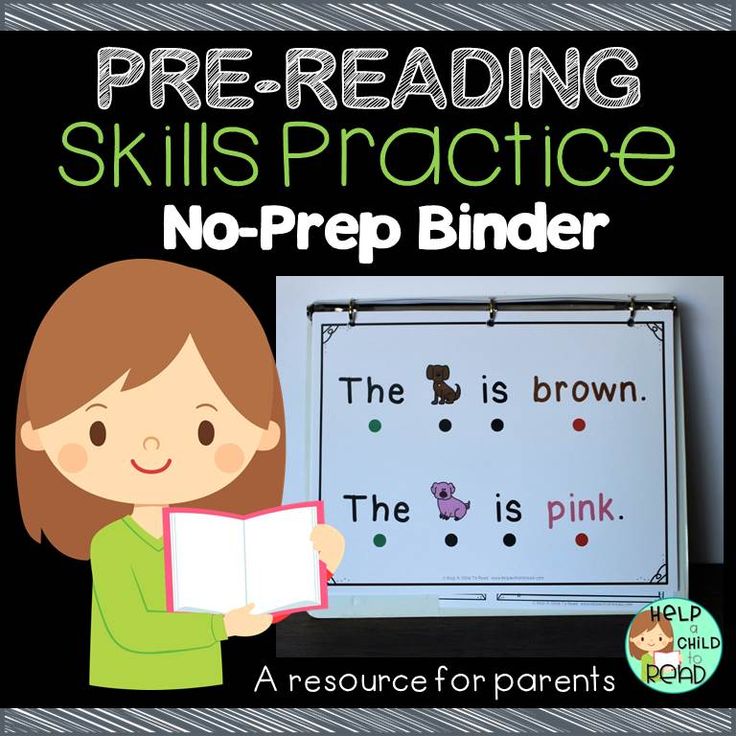 Therefore, today I wanted to give you goals they need to practice so that the child has the necessary motivation to start pre-reading at such an early age.
Therefore, today I wanted to give you goals they need to practice so that the child has the necessary motivation to start pre-reading at such an early age.
Don't miss out on everything we tell you below because we're sure you'll find it interesting. You will be able to better understand the process of learning to read in children, as well as come up with good activities for the whole family.
Index
- 1 Some ideas for getting started
- 2 Suggestions for developing reading
- 3 When it's done
- 4 Pre-reading: developing reading ability
Some ideas for getting started
you can use to better understand it all:
- Get the child interested through short texts , easy to understand, encouraging the child to continue the reading process.
- Put a fun and suitable material for your mentality so you can work the way you want and be as productive as possible.
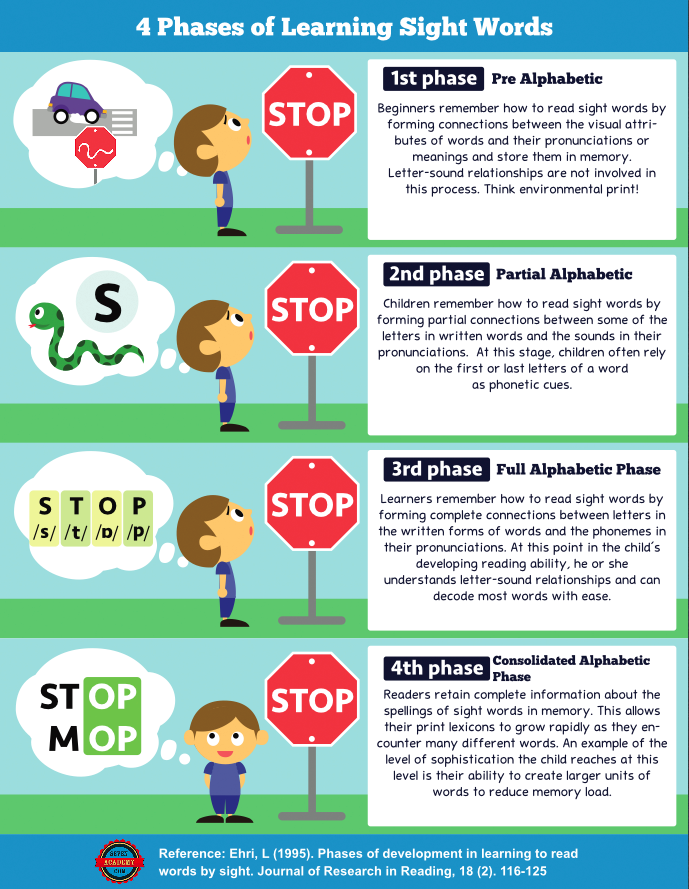
- Don't interfere In the process of learning, allowing the child to follow his personal rhythm, do not dissuade him from possible stagnation in his learning.
- No start the actual exercises before reading until the age of 4 when the child stabilizes his motor behavior more and at the same time can consolidate his ideas.
Pre-reading exercises begin when language development : conversations, stories, recitations, etc.
Later, pre-reading exercises begin, which charge the child's imagination through drill about:
- Object recognition , painted on cardboard boxes that compare each other, noting their differences in shape, color, size, etc.
- Comparison of words , after sentences, differentiating their own characteristics.
- Take cards with a story known to the children. Given images, they will repeat history until they are created.
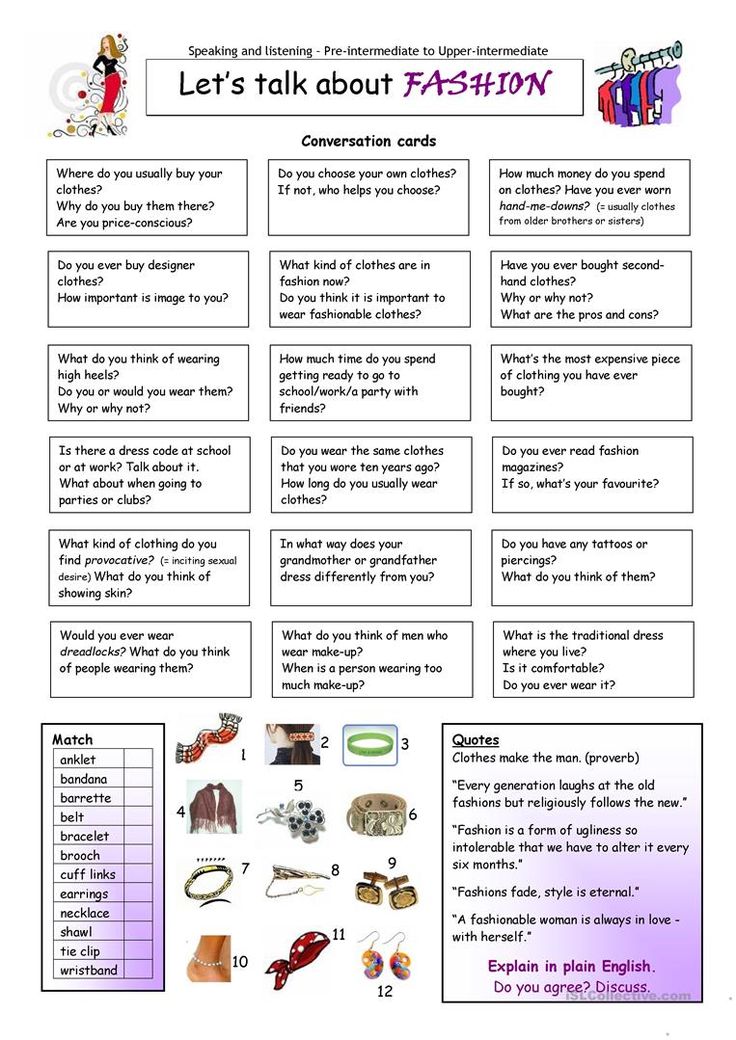 something familiar .
something familiar . - Cut out the letters that were drawn earlier, placing the consonant vowels in a different color.
- Play with puzzle by increasing your difficulty.
- Hand out cards that have different words, search until they find ones they think are similar to the written word.
Reading Development Tips
After this brief introduction, we are going to delve a little deeper into this topic so that you can help your children with it. learning to read, but always respecting their learning rhythms and their evolution.
In schools, children are taught to read from the age of 4, but they are not fully prepared or do not have sufficient mental maturity to be able to read. The intellectual maturity of children begins at the age of 7. be more prepared to start reading In this way, pre-reading can be started more effectively so that children can develop their reading ability.
Remember that, as we have already mentioned several times, at four years old children are still in magical thinking and symbolic play, and here they must continue! They need to stay at this stage for their minds to develop properly.
When it's ready
In order for children to learn to read and for reading comprehension to become effective later on, you need to consider the following factors:
- Physiological
- Psychological
- Cognitive
- Emotional
- Ambient
For this reason, there are many schools and educational institutions around the world that do not expect children to start reading until they are 7 years old. They respect their evolution and their mental maturity to become children.
What does it mean to be children? That they can explain their environment, experiment with the senses, learn the values of coexistence and for themselves, that they feel satisfied, that they learn from their mistakes and, above all, who have the intrinsic motivation to learn so that reading becomes something wonderful.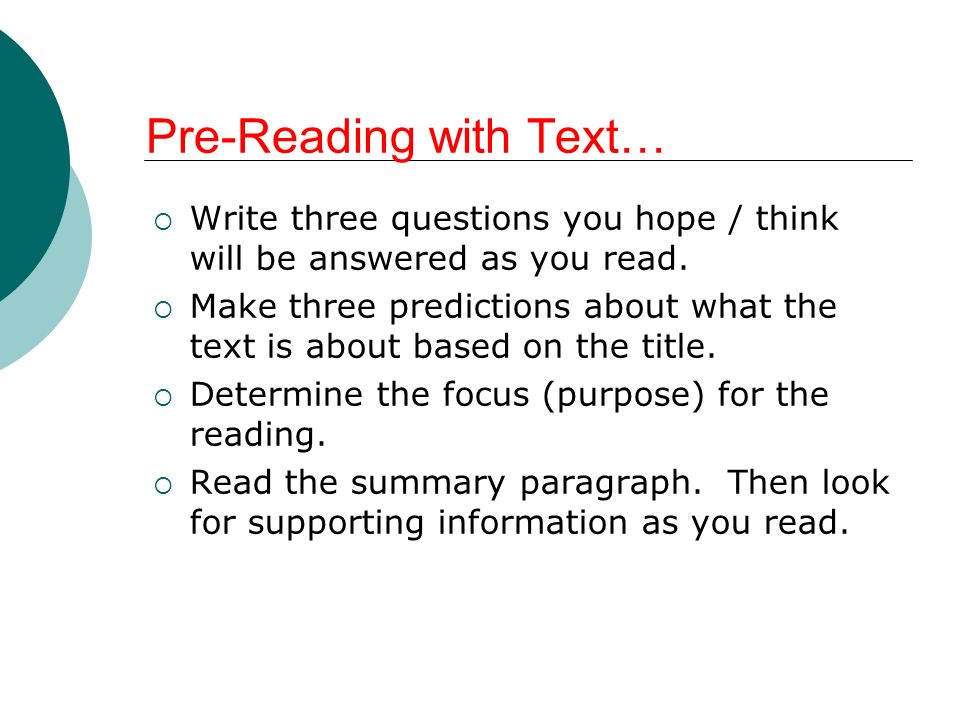 .. instead of something tedious and boring.
.. instead of something tedious and boring.
Pre-reading: developing the ability to read
Pre-reading is what precedes reading itself. Try to unscramble the letters in the words to be able to join them and thus read them. This requires the right material and a lot of motivation.
They can use words they know, recycled materials... put all the letters together and make words that are accompanied by their pictures so that they can mentally match the word to the concept it defines.
The choice of words can be made according to your tastes, interests or life. These can be words that take into account the following categories:
- Affective. These can be names of loved ones, proper name, “brother”, “mother”, “father”, “grandfather”, “grandmother”, “uncle”, “aunt”, etc. The more affective and emotional charge the word contains , all the better.
- Cognitive. Non-ambient words in which syllables are repeated (something easy to learn), vowels or consonants are repeated, etc.

It must be remembered that clarity of perception is important for children to learn sooner and better. The large, thick letters in different materials and the bold colors of are great ideas for pre-reading work.
Letters should have a handwriting that resembles the letters they will write in the future. Therefore, printed letters are not the best choice. For example, the "Memima" typeface or font is a good choice.
You can work on the words at certain times or distribute them around the house so that the children can recognize the letters and words. You can even hang posters with words around the house and at the same time has a nice box with words and pictures of each word side by side to be able to search for the word and picture.
For example, in the case of family members, real photos can be added to give the event more emotional weight. Another idea to work on pre-reading is to draw the letters with your hands; paint, in the air, etc.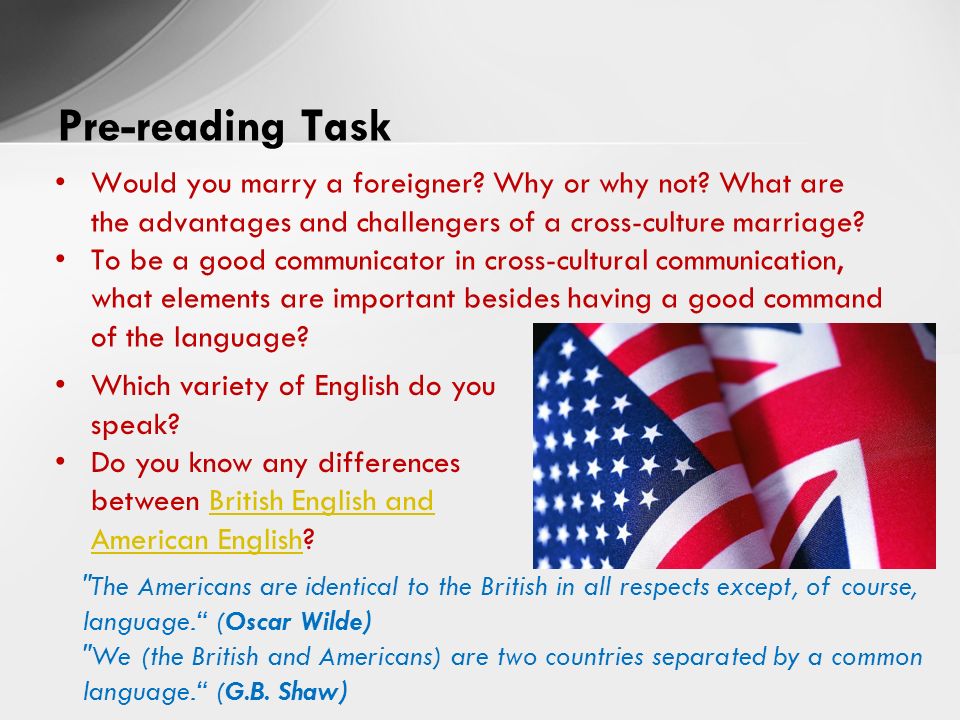
Article subject:
10 games to learn to read
Now that you know more exercises and know more about how they help your child with pre-reading, feel free to create your own own family games. Your children will be happy to spend time with you, and you will be happy to see your mind learning almost like magic . And the fact is, their minds and their learning are limitless as long as they are properly motivated and provided with the necessary fun materials!
The content of the article complies with our principles of editorial ethics. To report a bug, click here.
You may be interested in
4 methods of quick reading of educational and scientific literature
People have been reading for hundreds of centuries, but only in our time the question of increasing the speed of reading has become so acute. The main reason is the increase in the volume of information as a result of the development of science, its integrativity and the need to significantly accelerate the development of information.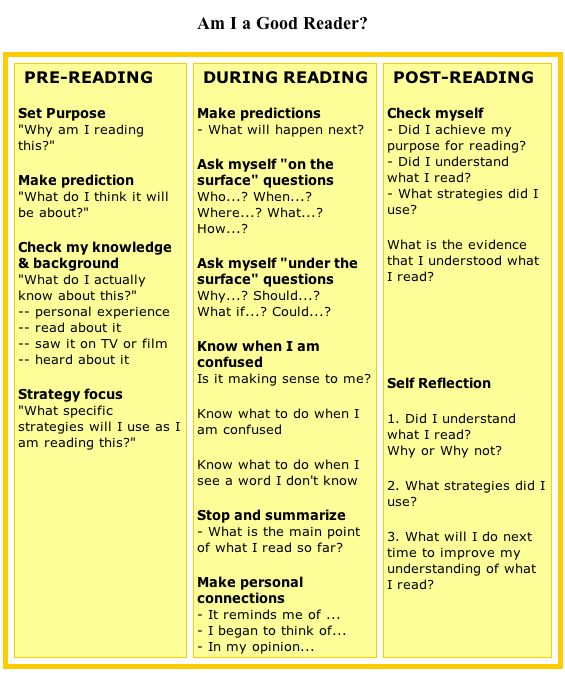 Organize daily workouts for your brain and the result will not be long in coming.
Organize daily workouts for your brain and the result will not be long in coming.
In Russian, reading is interpreted in several meanings:
1. reading as a process of perception of texts arranged in various ways:
2. reading as pronunciation, recitation of texts, including for educational purposes;
3. reading as an oral presentation to an audience of educational (lecture) or scientific material (report).
4. reading as a process of perception, processing, recoding, understanding and memorization of various symbols and texts with the help of a visual analyzer.
Figure 1. Model of processing textual informationDeep reading is a way of reading in which the reader pays attention to details, analyzes and evaluates them. It is also called analytical or critical.
For example, this way of reading is best used when studying academic disciplines.
Quick reading - continuous reading of the text, in which the process of analyzing facts and synthesizing individual concepts quickly proceeds.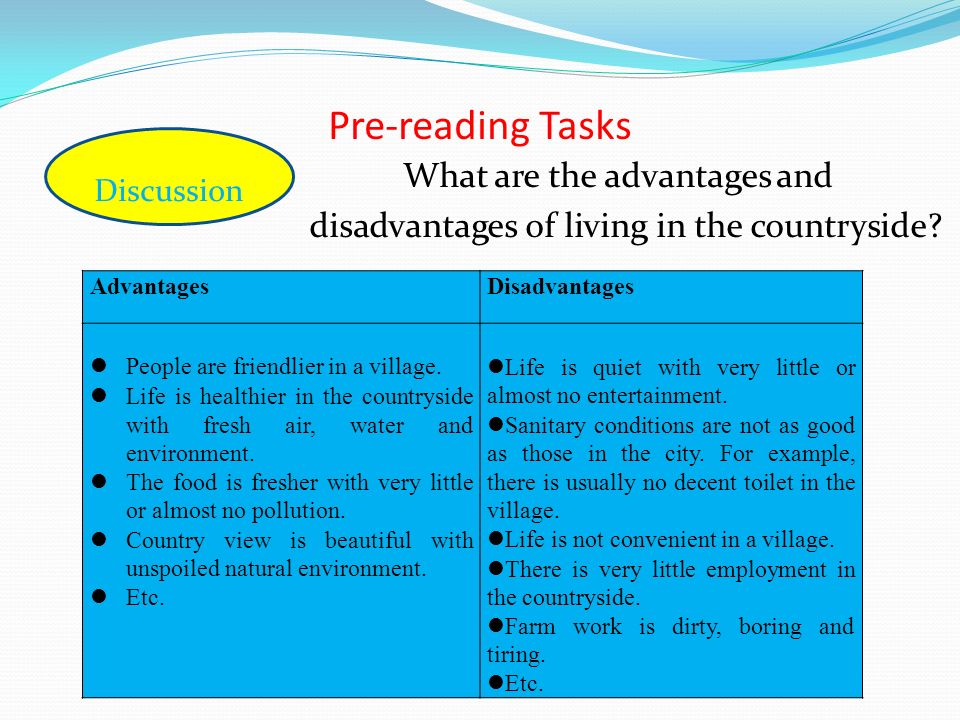
For example, this way of reading is suitable for reading scientific, technical, economic, etc. literature.
Selective reading is a reading method in which individual sections of the text are read selectively.
For example, this method is used for secondary reading of an information source after its preview.
Reading-browsing is a way of reading in which there is a preliminary acquaintance with the source of information.
For example, we pick up a book, skim through the preface, look for the most important provisions of the author by the table of contents, according to which we can presumably judge the main content of the source, look through the conclusion and draw a conclusion about the usefulness and value of the text.
Reading-scanning is a method of reading a source in which it searches for exclusively factual information (numbers, words, surnames, etc. ).
).
For example, to prove his point of view, the reader looks for this or that statistical information in books.
Thus, the considered methods of reading show the need not only to master them, but also the opportunity to choose the appropriate method each time, depending on the nature of the text and the time budget.
Regression - involuntary, mechanical, repeated eye fixations of the same section of the text (phrases, words, sentences). With such reading, the eyes move back, but not to the starting point of reading, but limiting themselves to the near zone.
Speaking is the movement of the lips, tongue and other organs of speech while reading silently. When reading slowly, internal speaking occurs, proceeding at the same speed with which we read the text aloud.
Small field of vision — coverage of the text with one eye fixation. A person perceives letters, words, at best a few words, therefore, the eyes make several fixations, which is called splitting the gaze.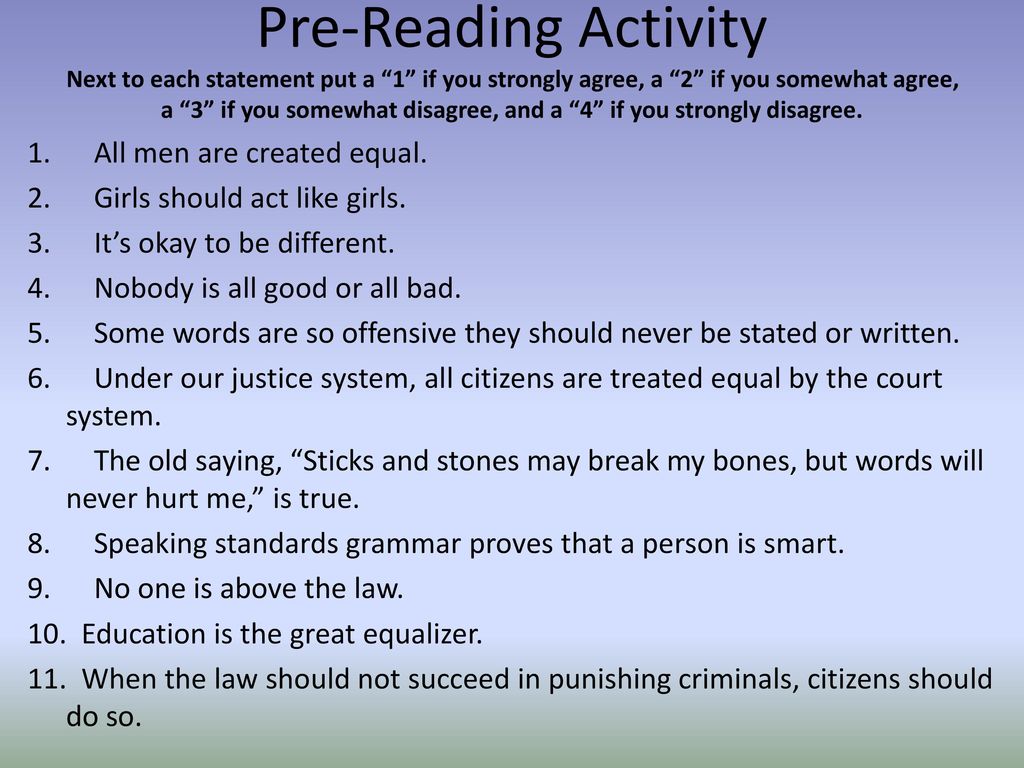
No reading strategy - the absence of a goal, task and topic that moves the reader.
Lack of attention - switching thoughts to extraneous sounds, thoughts, objects reduces interest in reading and slows down the perception of the text.
Reading methods differ in the speed of their implementation, which is defined as the number of characters read per unit of time. Important is not only the speed of reading the text, but also the coefficient of understanding, the productivity of reading.
In different countries and languages, both the names and meanings of reading standards differ (see table).
Reading speed standards in different countriesOur country also has reading speed standards for adults (see table).
Norms of reading speed in Russia Of course, each person's reading speed is individual and depends on many factors: the activity of neuropsychic processes, peculiarities of thinking, attention, genetic predisposition. But each person, training daily, can change his own indicators.
But each person, training daily, can change his own indicators.
Reception 1. Disable regression.
It is necessary to force yourself not to go back to the previously read text. To do this, you can wear headphones while reading or use a special reading algorithm. This algorithm assumes sequential extraction of information on key issues.
Special reading algorithm
TITLE (books, articles) - AUTHOR (authors) - SOURCES AND ITS DATA - TOPIC (what the book, article is about) - FACTUAL INFORMATION - DISPUTE ISSUES - NOVELTY OF THE MATERIAL AND THE POSSIBILITY OF ITS USE.
Reception 2. Disable internal articulation (pronunciation).
Since our speech is a rhythmic pattern, to increase the speed of reading it is necessary to use the technique of arrhythmic tapping.
Arrhythmic tapping reception
While reading to himself, a person taps out a rhythm with his hand that does not correspond to the rhythm of Russian speech.
For example: one-two-three-four-six-seven-eight. This rhythm breaks the usual mechanism of speech movements when reading a Russian text, that is, it interferes with internal pronunciation.
Reception 3. Expanding the field of view.
The untrained eye is forced to make 12-16 stops while reading, which takes time and tires the eye muscles.
Table for teaching vertical readingVertical reading technique
The table contains numbers from 1 to 25. Look at the center of the table from a distance of 30-40 cm, trying to see the entire table. You must find all the numbers in ascending order from 1 to 25 in 25 seconds. If you have lost any purely, then look for it by moving the eye only vertically. Using the same pattern, you can make tables for yourself with a large number of numbers. Exercise 3-5 minutes daily.
Reception 3. Improving attention.
In psychology, it is customary to distinguish the following qualities of attention: concentration, volume, switching, distribution, and stability. Fluent reading skills require the development of all qualities.
To improve all qualities, a series of exercises must be performed daily.
Exercise example.
You have two tasks. Each of which you must close with a piece of paper immediately after reading. Read assignments very quickly. Then you should answer the questions.
Task 1. The wife asked her husband to buy oil, soap, meat, and cabbage. Husband bought: cabbage, soap, oil, lard. What did your husband forget to buy? What did he buy extra?
Task 2. In room 235, in the right drawer of the cabinet, which stands next to the desk, there is a book of Wormsbereh and the Cabin “One Hundred Pages an Hour”. Bring her. Where exactly is the book? Were you asked to enter room 325, 235, 435? Where is the closet? Where is the book? Who are the authors of the book?
The online Schulte table is one of the most effective simulators for developing attention, memory and speed reading skills.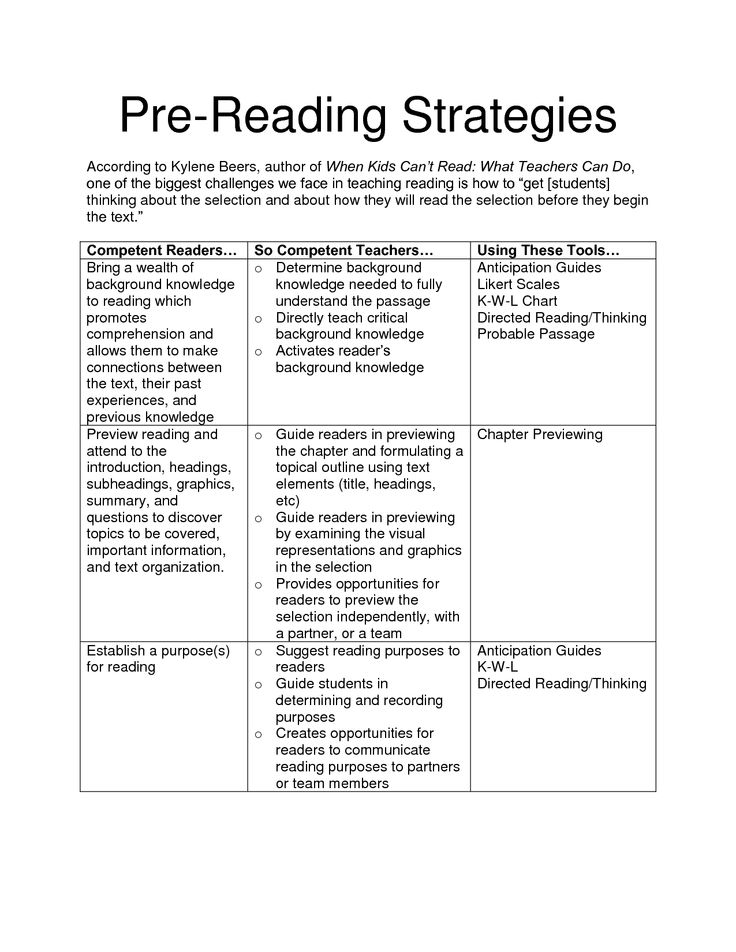
Lumosity - online version has more than 40 games for training attention, multitasking, short-term and long-term memory, focus (concentration), stress management, etc.
PEAK - contains 25 puzzles divided into several categories. Focus - a series of exercises on interacting with shapes: sorting, matching and isolating them. Agility - puzzles that require quick decision making and cause some brain confusion. Problem Solving - a series of puzzles in which special emphasis was placed on working with numbers and geometric shapes. Memory - 7 exercises to train memory and work with cards. Language - provides for the development of skills for quick selection of words, pairing, searching for words among the letter grid (support for English only).
"B-trainika" — daily selects 5 exercises for you, focused on the comprehensive improvement of the basic cognitive functions of the brain.